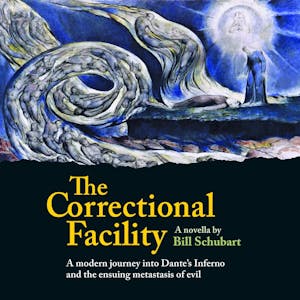Raised as a Catholic in rural Vermont, I was infused with an awareness of sin and penitence, but also absolution and forgiveness. My late teenage encounter with Dostoevsky’s “Legend of the Grand Inquisitor” shattered my youthful allegiance to Catholic dogma, but it’s one thing to walk away from Catholic doctrine and quite another to lose the weight of its beauty, fear, and guilt.
Shortly after I read The Brothers Karamazov, in which “The Legend of the Grand Inquisitor” occurs as a story told by Ivan Karamazov, the sybarite, to his novice monk brother, Alyosha, I read Dante’s Inferno. I was fascinated by the vivid portrayal of the hell I’d heard about so graphically from the Québécois sisters who came down to teach Saturday morning catechism. I saw in Dante’s work and the extraordinary illustrations of Gustav Doré the hell I had imagined in catechism, a hell that haunts my imagination to this day.
Is sin a temporal concept? Some of the sins of Dante’s time are not viewed as such today: heresy, suicide, concupiscence. His simple architecture of human sin is lost today in scale and technology. In 1320, one killed with one’s hands or with a piercing weapon like a stiletto, battle-axe, or sword, or with poison. Today, we have drones, nuclear bombs, and industrial toxins leaching into our soil, water, food, and air — and Pharma: subliminal mass homicides.
The Correctional Facility comes after a lifetime of living with Catholicism and Dante’s weight of sin, evil, punishment, expiation, and redemption, and is my effort to make sense of it all.
